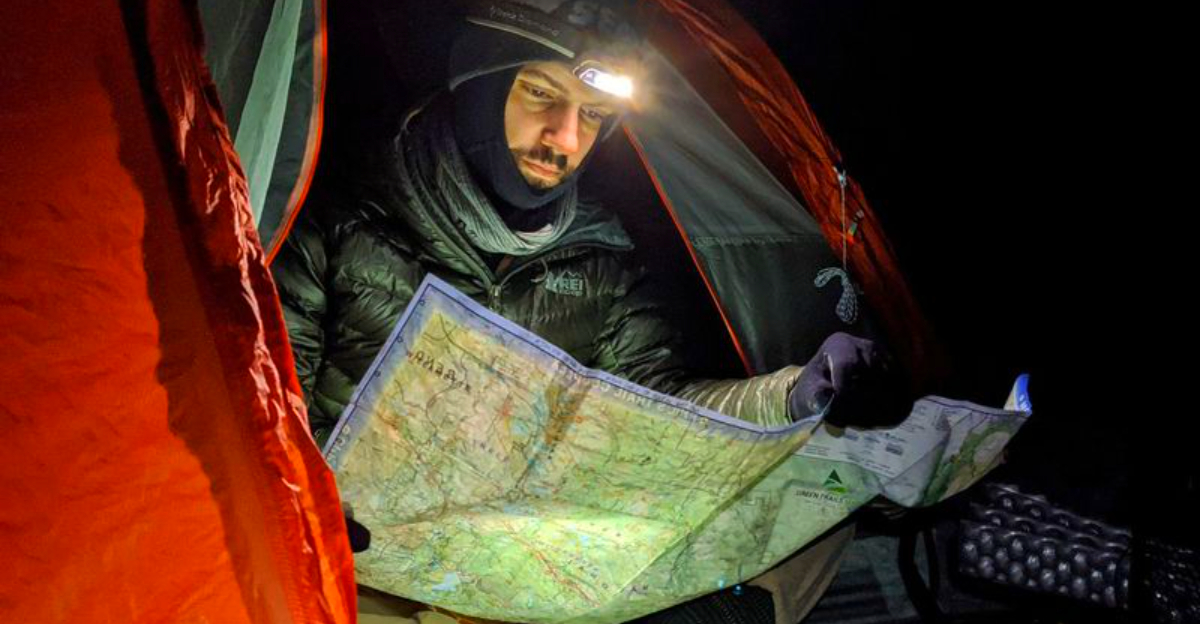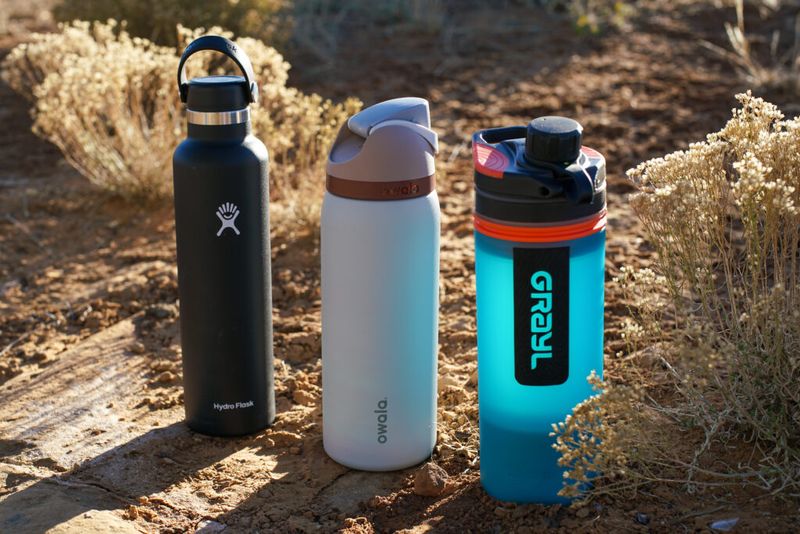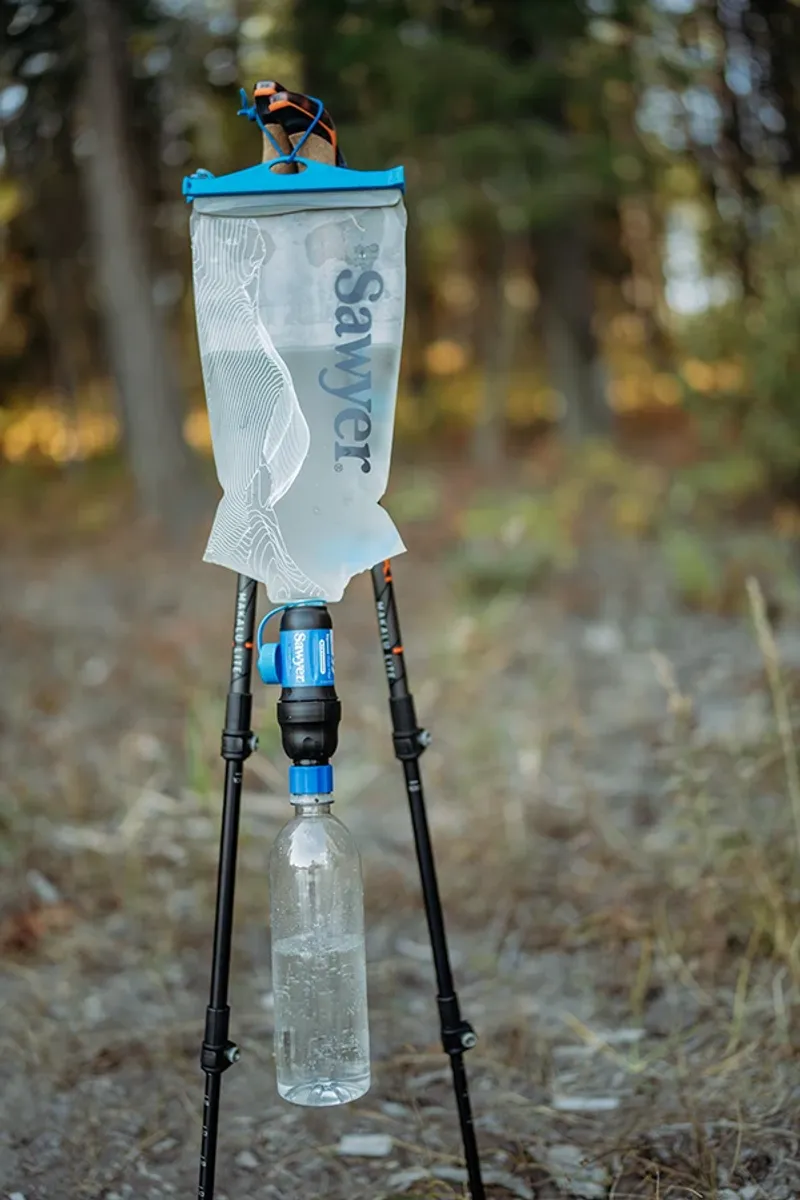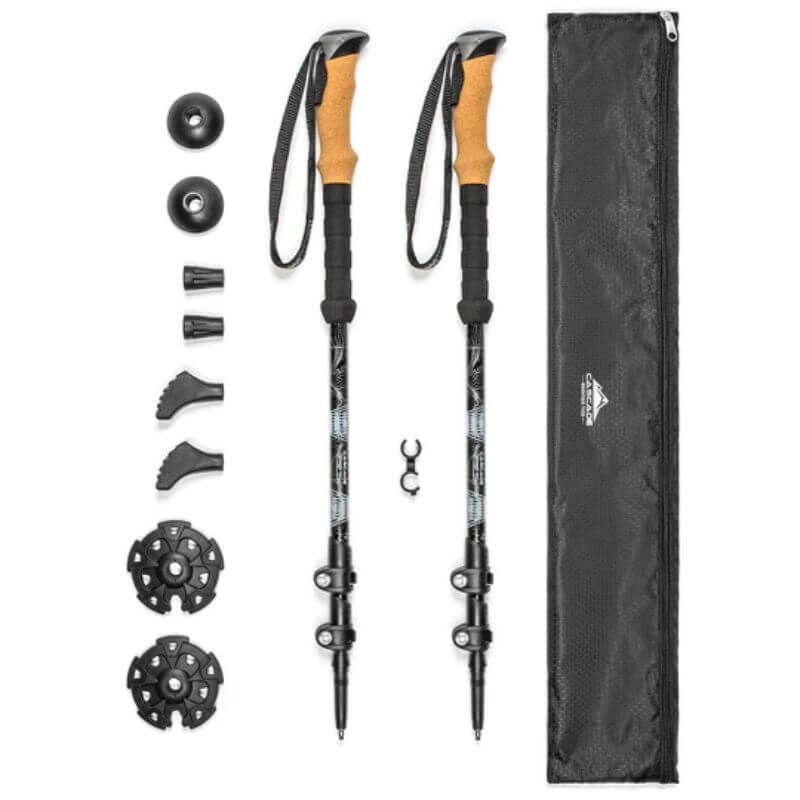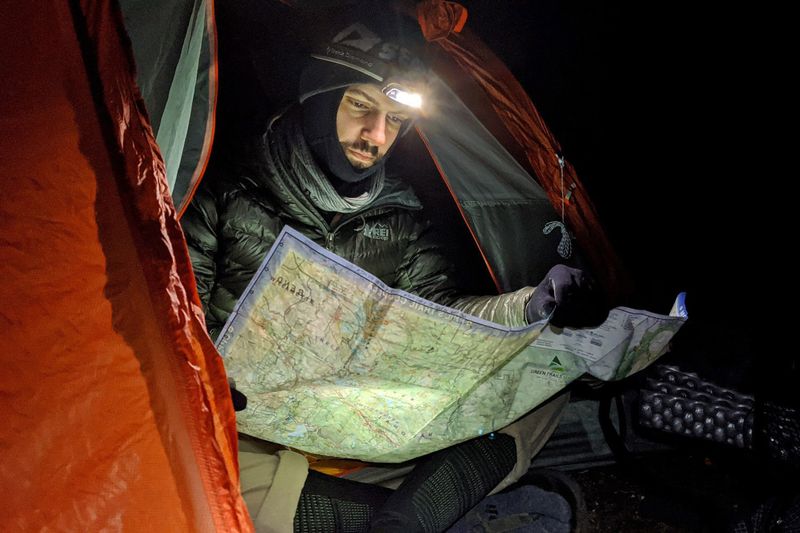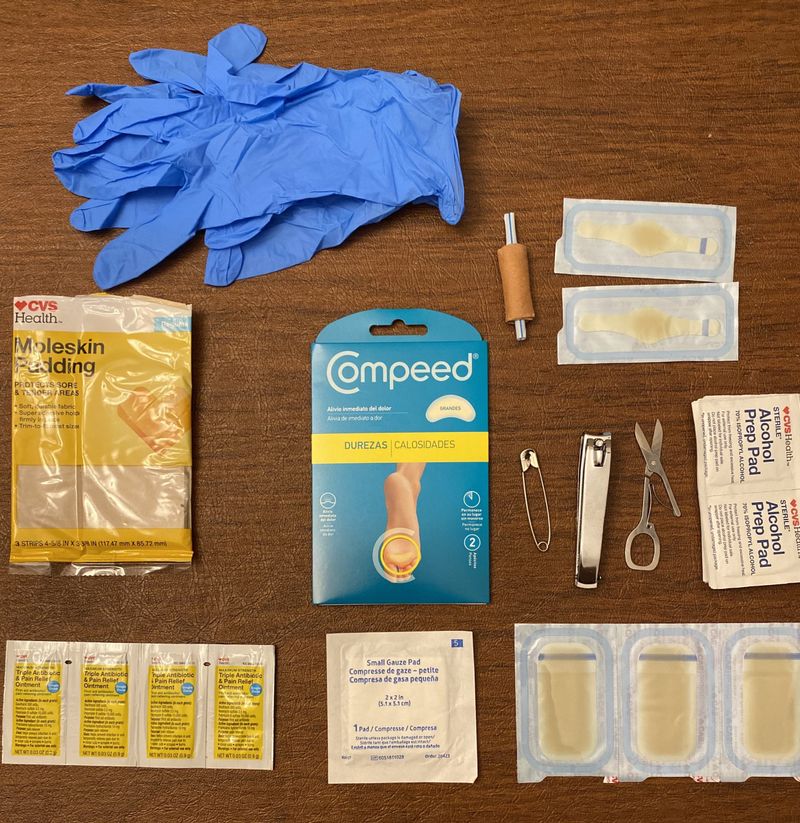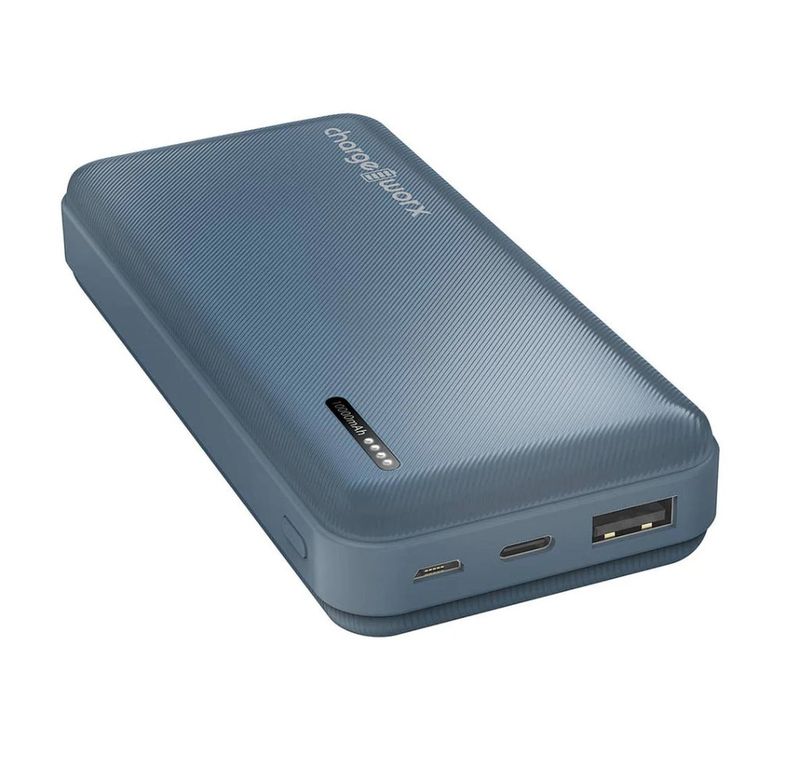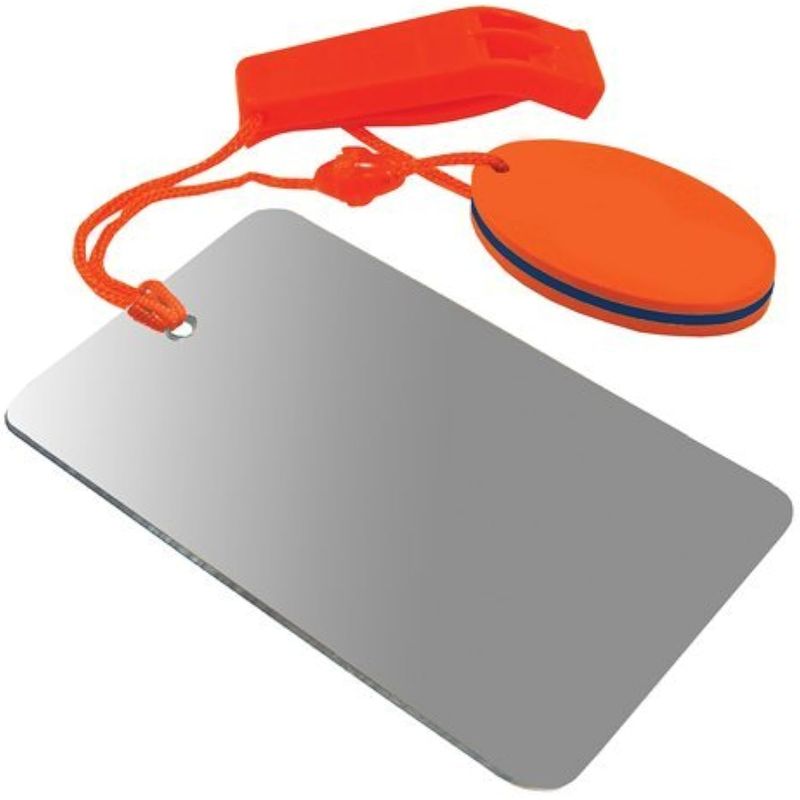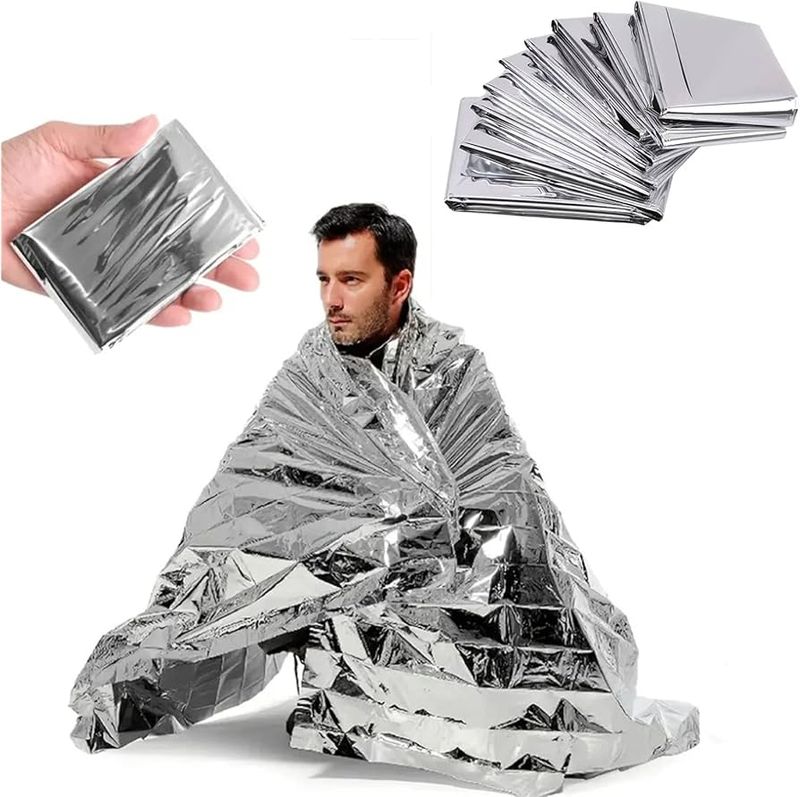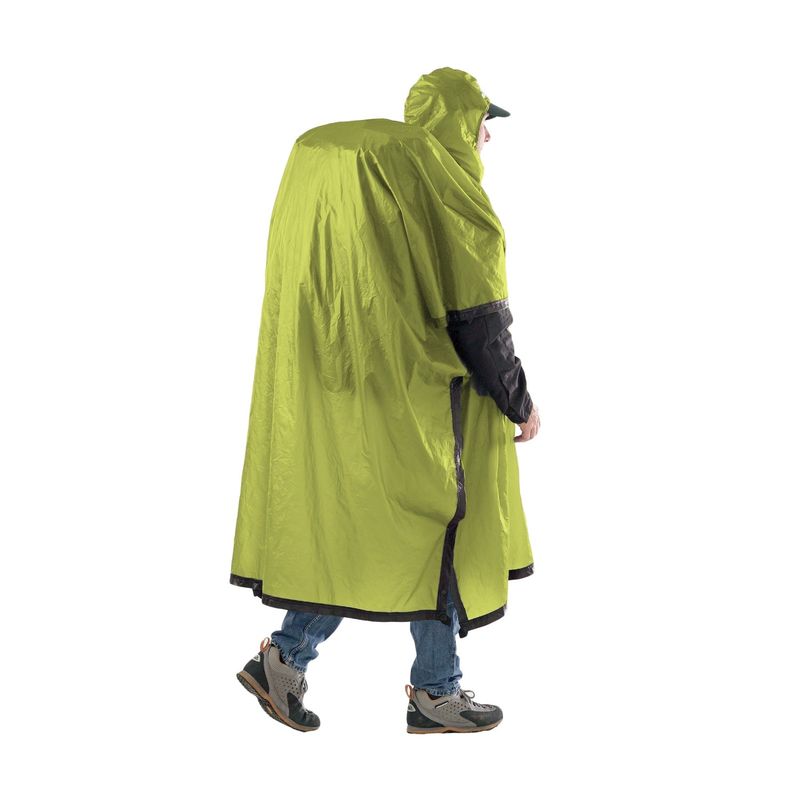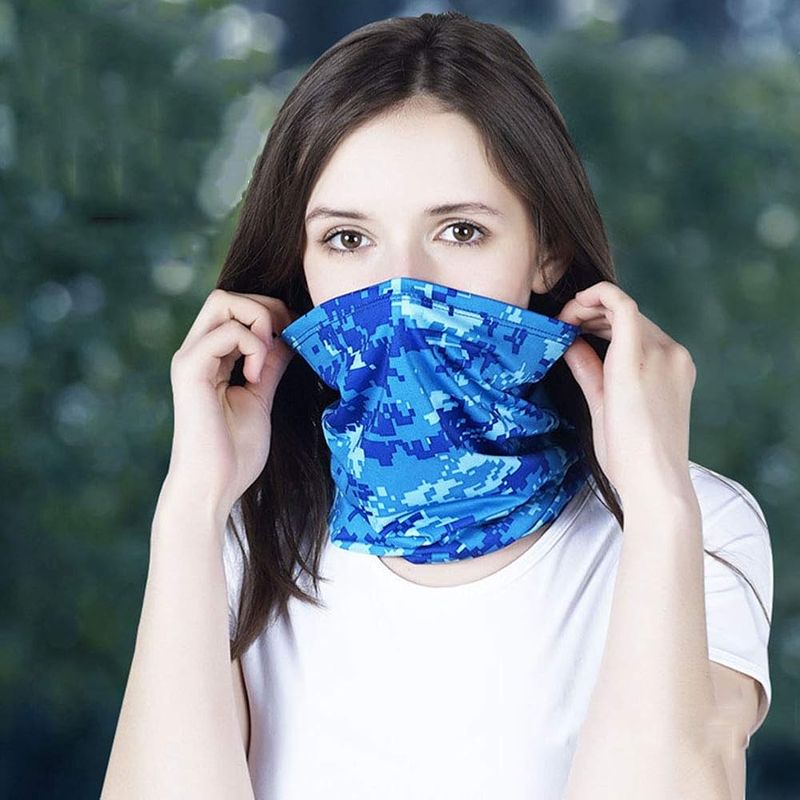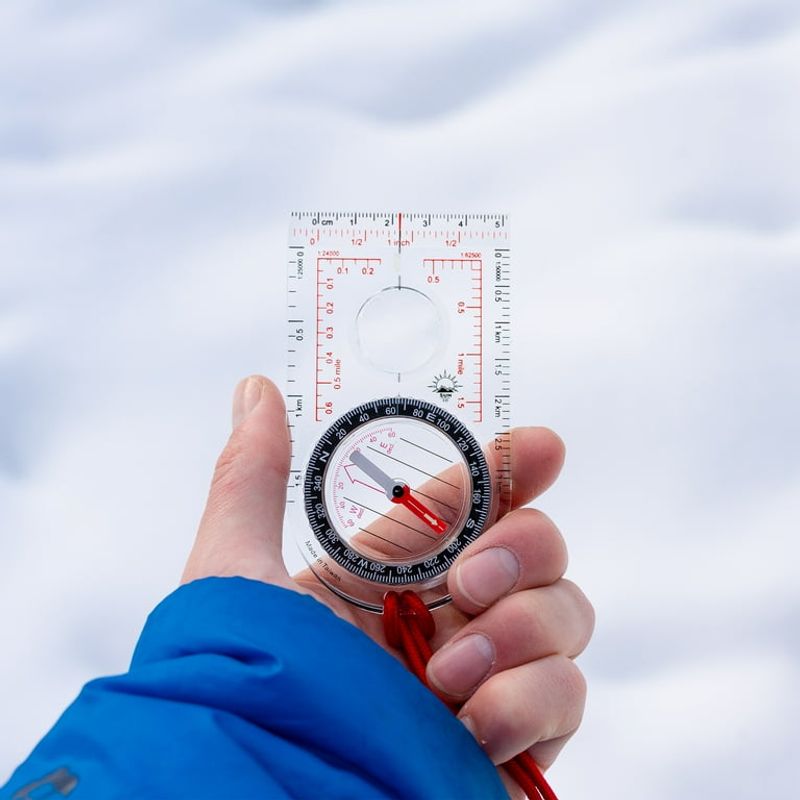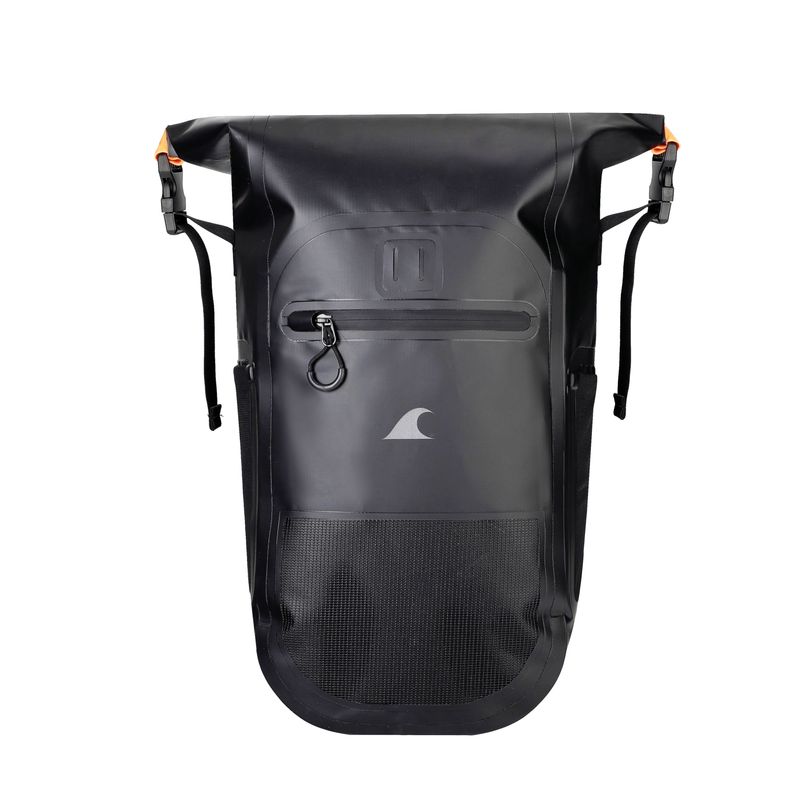Starting your hiking journey doesn’t mean you need to empty your wallet on fancy gear. Smart beginners know that a few well-chosen accessories can make trails safer and more enjoyable without breaking the bank. This guide walks you through twelve essential items that protect you, keep you prepared, and help you explore confidently, all while sticking to a reasonable budget.
1. Reusable 1-Liter Water Bottle
Hydration can make or break your hike, and carrying a reliable bottle costs far less than investing in a complex hydration bladder system. A simple one-liter bottle gives you enough capacity for short to moderate trails while remaining light and easy to pack.
Look for a wide-mouth opening that makes refilling and cleaning a breeze. BPA-free plastic keeps weight down, while single-wall stainless steel adds durability without the insulated bottle price tag. Volume markings help you track how much water you’ve consumed throughout the day.
Most quality bottles in this category run between ten and twenty dollars, making them an accessible first purchase for any new hiker.
2. Water Treatment (Tablets or Squeeze Filter)
Extending your hike beyond a few hours often means refilling from natural sources, and treating that water keeps you safe from harmful bacteria and parasites. Portable treatment options have become incredibly affordable and effective for beginners.
Chlorine dioxide tablets offer the lightest, simplest solution—just drop one in your bottle and wait the recommended time. Squeeze filters with 0.1 micron filtration remove protozoa and bacteria instantly, though they weigh a bit more. Check treatment times for tablets and flow rates for filters before buying.
Expect to spend ten to thirty dollars, a small investment that opens up longer adventures without carrying gallons of water from home.
3. Aluminum Trekking Poles (with Flick Locks)
Your knees will thank you after a long descent, and trekking poles deliver that relief without the premium price of carbon fiber models. Aluminum shafts handle bumps and drops better than pricier materials, making them ideal for learning proper pole technique.
Adjustable lengths let you fine-tune height for uphill climbs and downhill scrambles. Flick-style locks are more reliable than twist locks and easier to operate with cold hands. Replaceable carbide tips bite into dirt and rock, while rubber tip covers protect the points during road crossings.
Quality aluminum poles typically cost twenty-five to forty-five dollars, offering excellent value for stability and joint protection on every trail.
4. Compact Headlamp (200+ Lumens)
Sunset arrives faster than you think on the trail, and a headlamp keeps both hands free for scrambling or setting up camp if daylight runs out. Modern LED technology delivers impressive brightness at wallet-friendly prices.
Between 200 and 350 lumens provides plenty of visibility for navigating trails after dark. IPX4 or higher water resistance protects against rain and splashes. Simple button interfaces prevent fumbling in the dark, and you can choose between AAA batteries for easy field replacement or USB-C rechargeable models for convenience.
Fifteen to thirty dollars gets you a reliable light source that transforms an anxious situation into a manageable one, making it essential safety gear.
5. Pocket First-Aid & Blister Kit
A hot spot on your heel can end a beautiful hike in misery if you can’t address it immediately. Carrying basic medical supplies weighs almost nothing but saves the day when small injuries strike miles from the trailhead.
Your kit should include adhesive bandages in various sizes, gauze pads, antiseptic wipes, and medical tape for securing dressings. Moleskin or hydrocolloid pads specifically target blisters before they worsen. Toss in a few pain relievers for headaches or muscle soreness.
You can build your own kit or buy a pre-made version for ten to twenty dollars, both options providing peace of mind that minor problems won’t derail your outdoor fun.
6. 10,000 mAh Power Bank + Short Cable
Your smartphone does more than take photos—it runs mapping apps, captures memories, and serves as your emergency lifeline. A dead battery in the backcountry turns a useful tool into a useless brick, making portable power essential.
A 10,000 mAh capacity recharges most phones two to three times, enough for weekend adventures. USB-C input and output ports future-proof your investment, and 20-watt fast charging gets you back to full power quickly. Pack a short braided cable to reduce tangled messes in your pack.
Spending fifteen to thirty dollars on reliable backup power means you’ll never miss that perfect summit photo or lose access to critical navigation information when you need it most.
7. Emergency Whistle + Signal Mirror
Getting lost or injured happens even to experienced hikers, and these two simple tools dramatically increase your chances of being found quickly. Their combined weight barely registers in your pack, yet they can save your life.
Pealess whistles work even when soaking wet, and their piercing sound carries much farther than your voice without exhausting you. Attach it to a bright lanyard for easy access. A signal mirror with an aiming hole lets you flash sunlight toward searchers or aircraft miles away.
Five to fifteen dollars buys both items, making this the cheapest insurance policy you’ll ever purchase for outdoor adventures. Keep them accessible, not buried at the bottom of your pack.
8. Mylar Emergency Blanket (a.k.a. Space Blanket)
Hypothermia can set in surprisingly fast when weather turns nasty or an injury forces you to stop moving. These metallic sheets weigh just ounces but trap your body’s radiant heat while blocking wind, potentially saving your life in an emergency.
Each blanket comes individually packaged, making it easy to stash one in every pack or jacket pocket. Some versions feature tear-resistant coatings that hold up better to rough use. Beyond warmth, they work as impromptu sit pads on wet ground or reflective tarps for signaling rescuers.
At three to ten dollars, there’s absolutely no reason not to carry one on every single hike, regardless of the forecast or trail difficulty.
9. Lightweight Rain Poncho
Mountain weather changes in minutes, and getting soaked miles from your car turns a fun day into a cold, miserable slog. A packable poncho shields both you and your gear without the expense of a technical rain jacket.
An integrated hood keeps rain off your face and neck, while sealed or welded seams prevent leaks at stress points. Make sure it’s long enough to drape over your loaded daypack, protecting everything inside. Most ponchos fold down to fist-size, easily tucking into a side pocket.
Ten to twenty-five dollars buys reliable storm protection that weighs less than a water bottle, making it one of the smartest additions to your hiking kit.
10. Neck Gaiter or Bandana
Desert sun, mountain wind, and dusty switchbacks all assault exposed skin, and a simple fabric tube or square solves multiple problems at once. This might be the most versatile piece of gear in your entire pack.
Quick-dry polyester or merino blends wick away sweat while protecting your neck from sunburn. A UPF rating adds measurable sun defense for sensitive skin. Beyond protection, use it as a sweat rag, makeshift water pre-filter, bandage wrap, or even a snack bag in a pinch.
Eight to twenty dollars gets you something you’ll reach for on nearly every hike, whether you’re crossing exposed ridgelines or dusty valley floors in changing conditions.
11. Baseplate Compass (and Learn the Basics)
Phone batteries die and GPS satellites occasionally fail, but a compass works forever without power or signal. Pairing this simple tool with a printed map gives you reliable navigation that won’t leave you stranded when technology fails.
Declination adjustment lets you account for the difference between magnetic and true north in your region. A clear baseplate with ruler markings helps measure distances on maps, while a lanyard keeps it handy around your neck. The learning curve is gentle—just an hour of practice builds basic proficiency.
Twelve to twenty-five dollars buys independence from electronic devices and the confidence that comes from truly understanding where you are on the landscape.
12. Dry Bag or Heavy-Duty Zip-Top Bags
Water finds its way into packs through rain, stream crossings, and even condensation from your sweaty back. Protecting electronics, spare layers, and snacks from moisture prevents ruined gear and soggy sandwiches that nobody wants to eat.
Roll-top dry bags in five to ten liter sizes offer taped seams and reliable waterproofing for critical items like phones and keys. Freezer-grade zip-top bags cost almost nothing and work perfectly for organizing first-aid supplies, fire starters, or trail mix. Both options help you find gear quickly instead of dumping your entire pack.
Eight to twenty dollars spent on waterproof organization pays dividends every time weather turns wet or you need something specific without the usual pack excavation.
